Police Radio Codes | Radio Codes List
In law enforcement, effective communication is paramount. Police radio codes, a set of standardized signals and phrases, are vital for officers to exchange information while maintaining operational secrecy swiftly.
These codes, ranging from mundane status updates to urgent alerts, help streamline communication, enhancing officer safety and the efficiency of police operations.
By delving into the world of police radio codes, we uncover a linguistic shorthand that encapsulates the dedication and coordination required to uphold public safety and maintain order in our communities.
Arizona Police Radio Codes
In Arizona, police radio codes constitute a specialized language facilitating swift and discreet communication among law enforcement personnel.
These codes, encompassing a range of situations from routine updates to critical emergencies, optimize the transmission of information.
This system allows officers to convey vital details without revealing sensitive information to potential eavesdroppers. For instance, a “10-4” signifies acknowledgment, while a “Code 3” indicates lights and sirens for an urgent response.
This concise form of communication aids in efficient coordination during operations, bolstering officer safety and effective deployment of resources.
Police radio codes exemplify the fusion of linguistic precision and tactical strategy required to maintain public safety across the diverse landscapes of Arizona.
Indeed, here is a table of commonly used Arizona police radio codes:
| Code | Meaning |
| 10-4 | Affirmative, Acknowledged |
| 10-20 | Location |
| Code 3 | Lights and Sirens Response |
| Code 4 | Situation Under Control |
| 10-7 | Out of Service |
| 10-8 | In Service |
| 10-9 | Repeat Last Transmission |
| 10-10 | Off Duty |
| 10-15 | Prisoner in Custody |
| 10-20 | Location |
| 10-23 | Stand By |
| 10-27 | Driver’s License Check |
| 10-32 | Person with Gun |
| 10-33 | Emergency Traffic |
| 10-97 | Arrived at Scene |
| 10-98 | Finished Assignment |
Please note that these codes may vary slightly between different Arizona law enforcement agencies or regions.
Texas Police Radio Codes
Texas police radio codes are a succinct communication system law enforcement uses to transmit crucial information quickly; these codes minimize the risk of disclosing sensitive details.
For instance, “Code 10-4” confirms understanding, while “Code 3” denotes an urgent response with lights and sirens. This streamlined method enhances officer coordination, safety, and resource allocation.
Codes like “10-7” signal being unavailable, “10-8” means in service, and “10-20” specifies a location. By utilizing these codes, Texas police optimize communication efficiency, ensuring the effective execution of tasks across diverse scenarios.
Indeed, here is a table of standard Texas police radio codes:
| Code | Meaning |
| 10-4 | Acknowledgment |
| 10-20 | Location |
| 10-33 | Emergency Traffic |
| 10-78 | Need Assistance |
| Code 3 | Lights and Sirens |
| Code 4 | Situation Under Control |
| Code 5 | Stakeout |
| Code 6 | Busy |
| Code 7 | Out of Service |
| Code 9 | Officer in Distress |
| Code 10 | Bomb Threat |
| Code 20 | Location |
| Code 30 | Homicide |
| Code 37 | Suspicious Vehicle |
| Code 50 | Vehicle Accident |
Please note that police radio codes may vary between different departments and regions within Texas, so this is not an exhaustive list.
New Orleans Police Radio Codes
New Orleans Police employ distinct radio codes for seamless communication. These codes, like “10-4,” indicating understanding, streamline information sharing: a “Code 3” prompts lights and sirens for rapid response.
Codes enhance coordination, concealing sensitive data from potential listeners. “Code 10” signals a bomb threat, and “Code 37” alerts a suspicious vehicle.
When properly applied, these standards maximize operational efficiency, an essential component of guaranteeing public safety in the vibrant city of New Orleans.
Here’s a table of select New Orleans Police radio codes:
| Code | Meaning |
| 10-4 | Acknowledgment |
| Code 3 | Lights and Sirens |
| Code 10 | Bomb Threat |
| Code 37 | Suspicious Vehicle |
These are just a few examples of New Orleans Police radio codes, and more codes are used for various situations and communications.
Regions That Have Almost The Same Codes?
| Region Names | Code Description |
| Ma State Police Radio Codes | Massachusetts State Police employs a set of radio codes for efficient communication. These codes, such as “10-4” for acknowledgment, expedite information exchange. “Code 3” prompts immediate use of lights and sirens. When used strategically, codes improve teamwork while hiding private information from unauthorized parties. “Code 10” denotes a potential bomb threat, while “Code 37” signals a suspicious vehicle. These succinct signals optimize operational effectiveness, which is vital in ensuring public safety across the Commonwealth of Massachusetts. These Regions have mostly similar codes. |
| San Francisco Police Radio Codes | |
| Michigan Police Radio Codes | |
| Ohio Police Radio Codes | |
| Columbus Police Radio Codes | |
| Stockton Police Radio Codes |
Frequently Ask Questions
What Are The 10 Basic Codes Most Commonly Used?
The ten basic police radio codes most commonly used include “10-4” for acknowledgement, “10-20” for location, “10-33” for emergency traffic, “10-78” for assistance, “Code 3” for lights and sirens, “Code 4” for situation under control, “Code 5” for stakeout, “Code 6” for busy, “Code 7” for out of service, and “Code 9” for officer in distress.
What Does 217 Mean By Police Code?
The police code “217” is not universally standardized, and depending on the legitimacy, its meaning may change. It’s essential to refer to the specific police code book or guidelines of the relevant region to accurately determine the definition of “217” in that context.
Why Does 10-4 Mean Ok?
“10-4” originated from the Association of Public-Safety Communications Officials (APCO) 10-code system used in radio communication. In this system, “10-4” expressly signifies “acknowledgment” or “message received.” It became widely adopted due to its clarity and brevity, making it a simple and effective way to confirm understanding during radio communication.
What Are The 10 Codes Of Radio Communication?
The ten codes of radio communication include “10-4” for acknowledgment, “10-20” for location, “10-33” for emergency traffic, “10-78” for need assistance, “Code 3” for lights and sirens, “Code 4” for the situation under control, “Code 5” for stakeout, “Code 6” for busy, “Code 7” for out of service, and “Code 9” for officer in distress.
Final Thought:
Finally, understanding police radio codes is crucial for effective law enforcement communication.
These codes, like “10-4” and “Code 3,” streamline information exchange, enhancing coordination and officer safety.
They provide a concise way to convey critical details while maintaining operational confidentiality.
As an essential tool, police radio codes exemplify the fusion of linguistic precision and strategic coordination necessary for ensuring public safety in diverse communities.
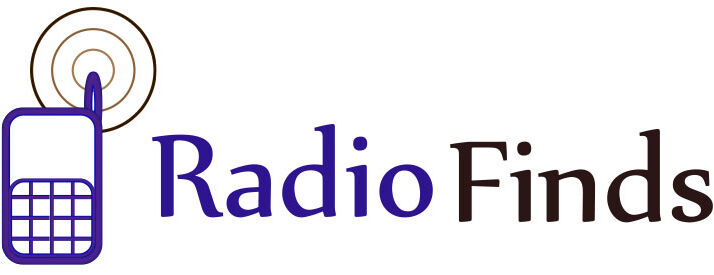
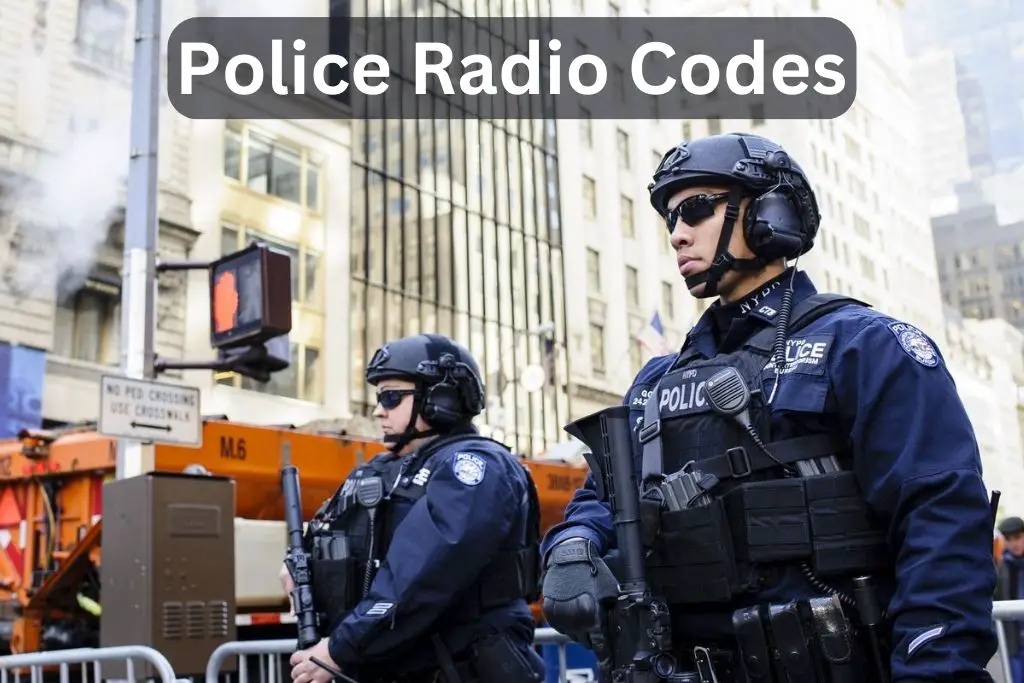

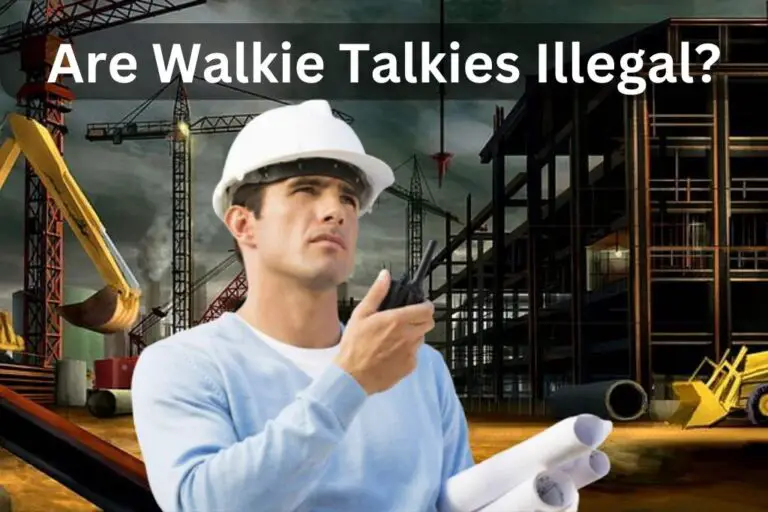
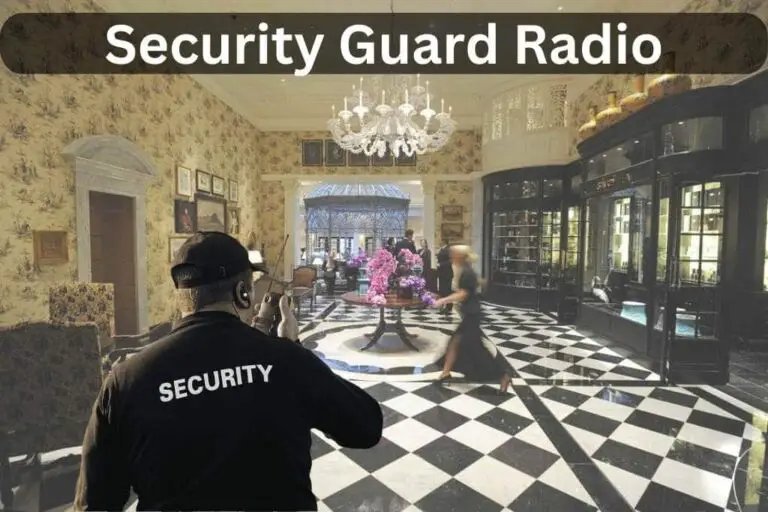
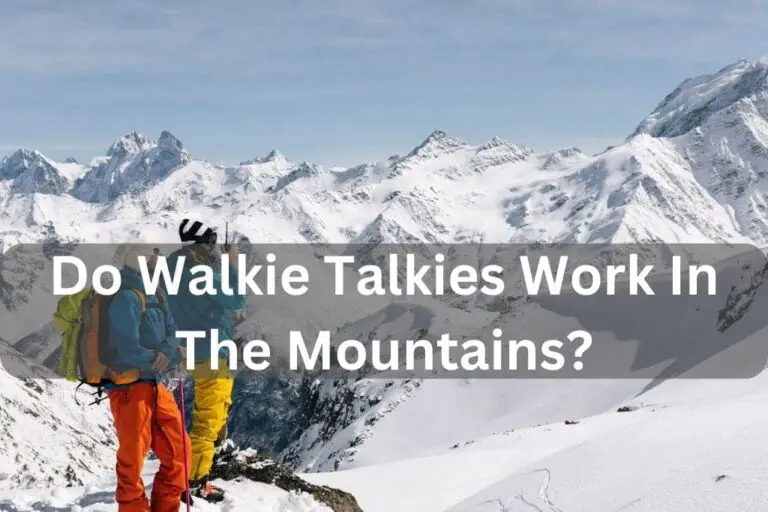



Nice blog here! Also your website rather a lot up fast! What host are you the usage of? Can I get your affiliate hyperlink to your host? I want my web site loaded up as quickly as yours lol